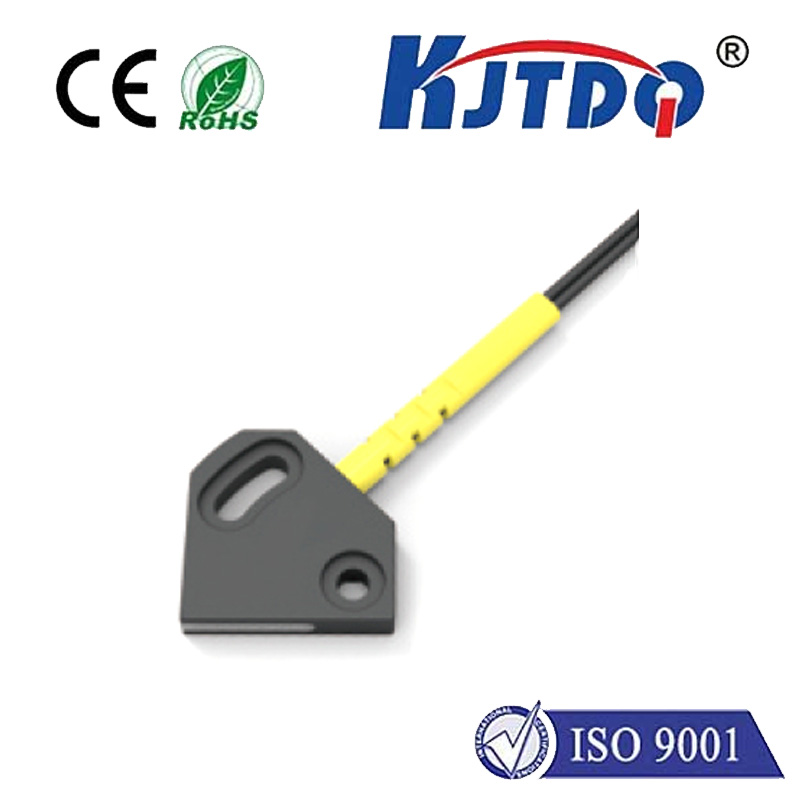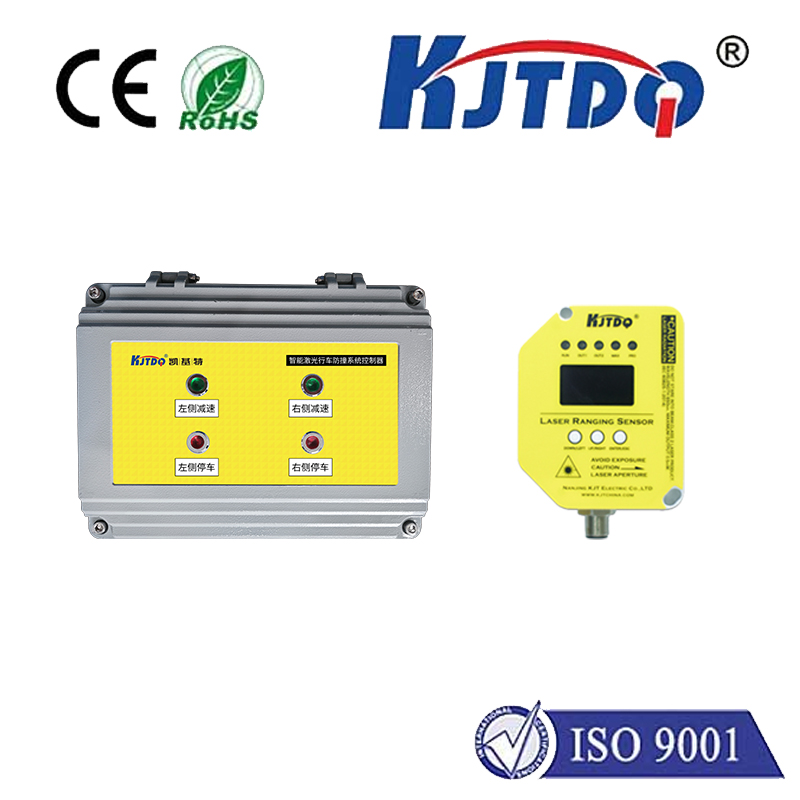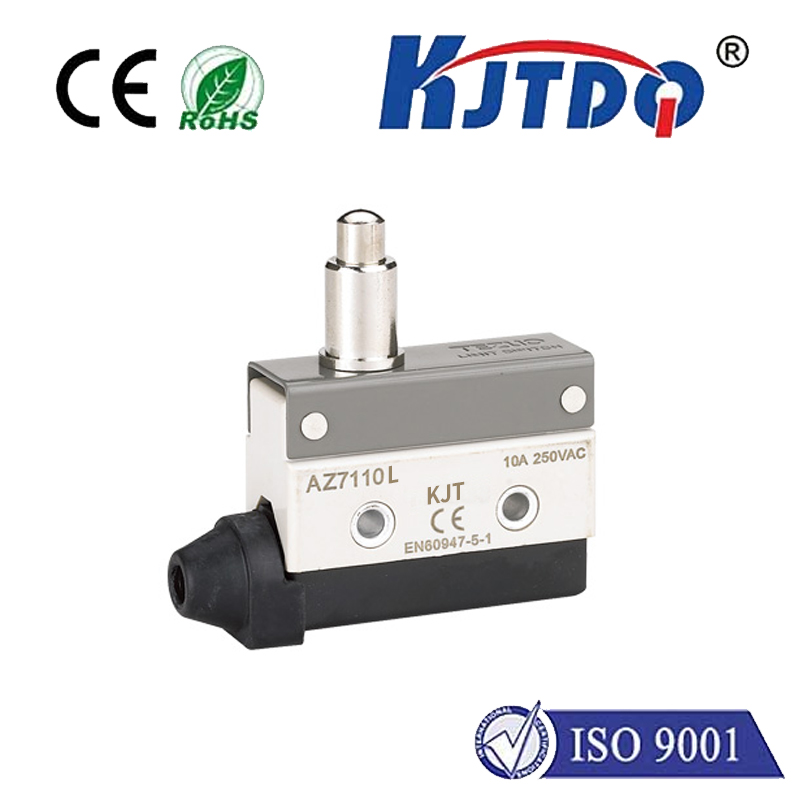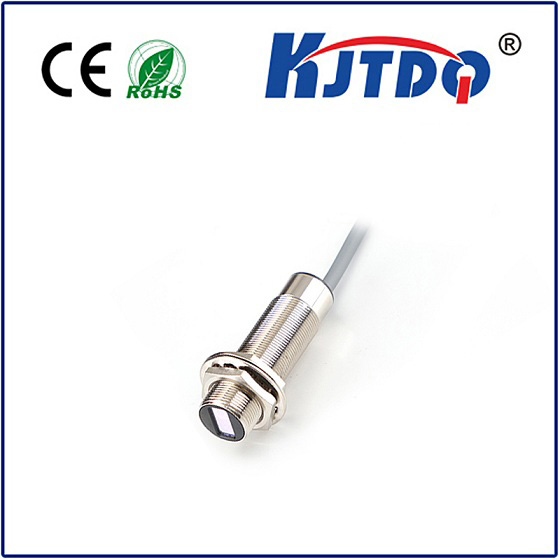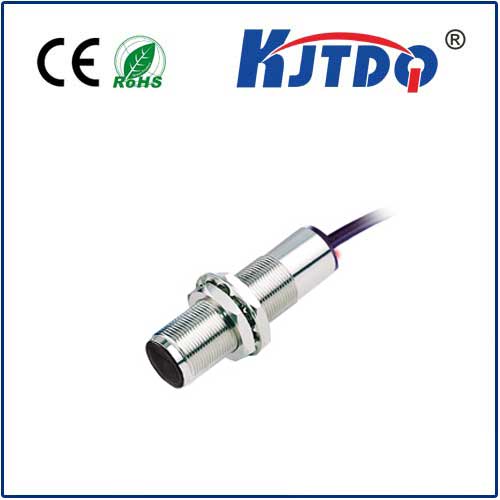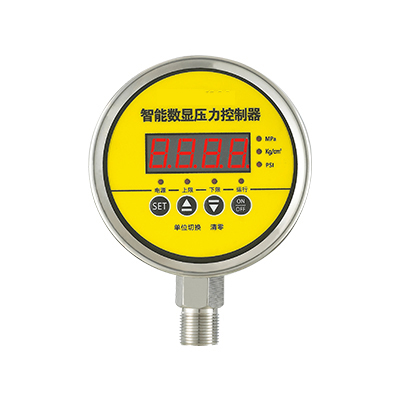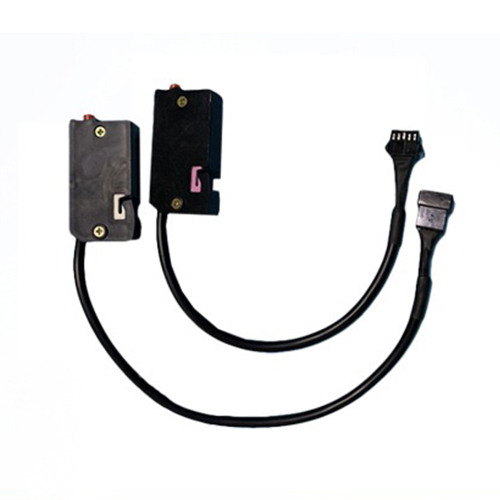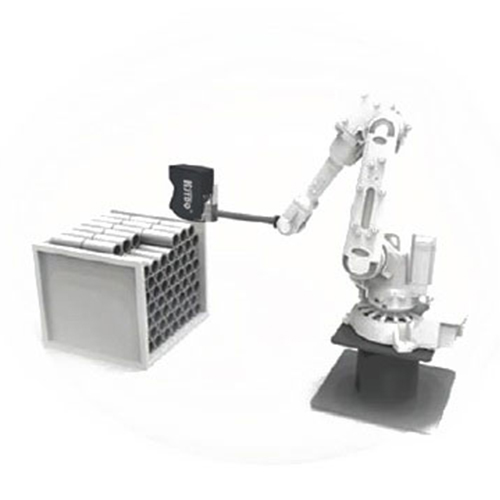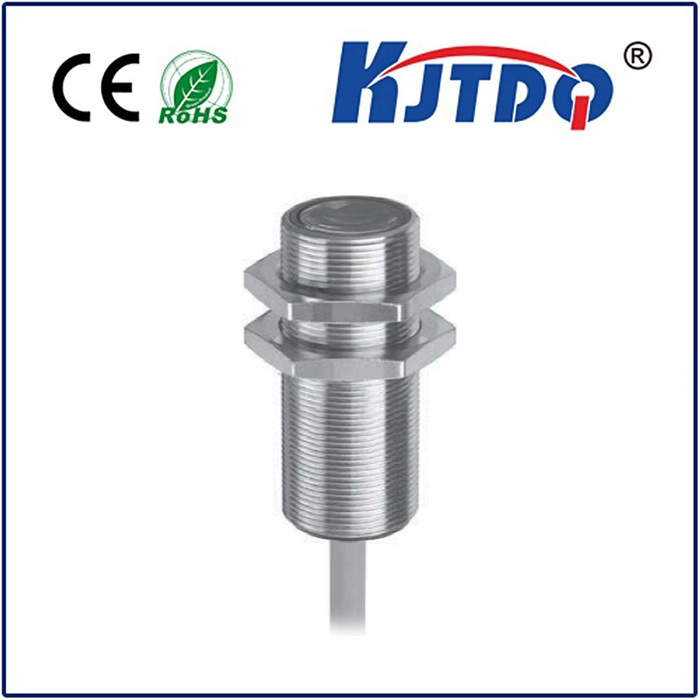analog proximity sensor 0 10v
- time:2025-06-13 00:30:11
- Click:0
Unlocking Precision: How 0-10V Analog Proximity Sensors Revolutionize Industrial Sensing
Imagine a factory humming with activity. Robotic arms weld with millimeter accuracy, conveyor belts move materials seamlessly, and fill levels in tanks are constantly monitored – all without direct human touch. A silent, reliable force enabling much of this automation? Proximity sensors. And among them, the analog proximity sensor with its versatile 0-10V output signal stands out as a cornerstone for precise, continuous measurement. This powerful combination delivers real-time distance data unlike any simple on/off switch.
So, what exactly is an analog proximity sensor 0-10V? At its core, it’s a non-contact sensor designed to detect the presence or absence of a target object within its sensing range. Unlike its digital counterpart that merely signals “near” or “far” (like a simple switch), the analog variant provides a continuous electrical signal that proportionally changes with the distance to the target object. This output signal universally falls within the 0-10V DC range.
Why is the 0-10V Output So Significant?
The 0-10V analog signal is far more than just a technical specification; it’s a standardized language understood by vast swathes of industrial control systems:
- Universality and Compatibility: This voltage range is one of the most common analog input standards for Programmable Logic Controllers (PLCs), Variable Frequency Drives (VFDs), and data acquisition systems. Connecting a 0-10V proximity sensor typically requires minimal signal conditioning.
- Intuitive Scaling: The linear voltage output maps directly and proportionally to the sensor’s measurement range. For instance:
0V might correspond to the target being at the sensor’s maximum sensing distance.5V could represent the target being at half the sensing range.10V might indicate the target is at the sensor’s minimum sensing distance (closest point).- (Note: The actual mapping – increasing or decreasing voltage with decreasing distance – depends on sensor configuration, but the proportional relationship remains).
- High Resolution for Precision: The continuous voltage signal offers significantly higher resolution than a simple digital signal. Control systems can interpret minute changes in voltage (e.g., 0.1V increments), translating to very fine-grained distance measurements. This is crucial for applications demanding precision positioning, thickness monitoring, or fill level control.
- Enhanced Noise Immunity (Relative): Compared to low-voltage signals or current loops, 0-10V signals generally offer better inherent immunity to electromagnetic interference (EMI) over reasonable cable lengths, leading to more reliable measurements in electrically noisy industrial environments.
The Sensing Power Behind the Voltage

Analog proximity sensors employ various physical principles to detect targets without physical contact. The most common types include:
- Inductive Proximity Sensors: Detect ferrous and non-ferrous metals. They generate an electromagnetic field; a metallic target entering this field induces eddy currents, affecting the field strength, which the sensor converts into the distance-proportional 0-10V output. Ideal for position sensing of metal parts, cylinder rod positioning, and vibration monitoring.
- Capacitive Proximity Sensors: Detect a much wider range of materials, including metals, plastics, liquids, powders, and granular solids. They sense changes in capacitance caused by the target entering their electrostatic field. The detected change is then transformed into the analog 0-10V signal. Perfect for liquid level control, plastic film thickness monitoring, or detecting non-metallic objects.
- Ultrasonic Proximity Sensors: Measure distance by emitting high-frequency sound waves and calculating the time taken for the echo to return from a target. This time-of-flight data is converted into the standard 0-10V output. Excellent for detecting objects of varying color or transparency (e.g., glass, liquids, bulk materials) at slightly longer ranges.
Where 0-10V Analog Proximity Sensors Truly Shine
Their ability to provide continuous, high-resolution distance information makes these sensors indispensable in numerous demanding applications:
- Precise Positioning Control: Controlling the exact gap between a tool head and a workpiece, ensuring consistent weld seam tracking, or guiding robotic arms with fine adjustments.
- Thickness & Dimension Monitoring: Continuously measuring the thickness of sheet metal, plastic film, paper, or rubber during production processes, enabling real-time feedback for quality control.
- Fill Level Monitoring: Accurately determining the level of liquids, granulates, or powders within tanks or silos. The analog output provides a continuous level reading, not just full/empty alarms.
- Vibration Measurement & Runout Detection: Monitoring the vibration amplitude of rotating machinery or detecting eccentricity (runout) in shafts by measuring the peak-to-peak distance variation.
- Tension Control: Monitoring the position of dancer rollers or guide arms in web handling (paper, foil, textiles) to maintain proper material tension.
- Automated Guided Vehicle (AGV) Navigation: Providing distance feedback for precise docking or obstacle detection along paths.
Key Advantages of Choosing a 0-10V Analog Output
Choosing this output type offers distinct benefits:
- Continuous Measurement: Provides smooth, uninterrupted data on the target’s position or distance.
- High Resolution: Allows detection of minute distance variations critical for precision tasks.
- Simple Integration: Seamlessly connects to a vast array of industrial control systems with standard analog inputs.
- Cost-Effectiveness: Often a simpler and more economical solution compared to complex laser distance sensors for many industrial range-finding tasks.
- Robustness: Engineered for durability in challenging industrial settings involving dirt, dust, moisture, and temperature fluctuations.
Considerations for Optimal Performance
While powerful, getting the best from your analog proximity sensor 0-10V requires attention:
- Calibration & Scaling: Ensuring the measured voltage range is correctly mapped to the actual physical distance within your PLC or controller software is paramount for accurate readings.
- Target Material & Size: Selecting the correct sensor type (inductive, capacitive, ultrasonic) based on the target composition is essential. Target size also affects sensing range and signal stability.
- Electrical Noise: While robust, long cable runs in high-noise areas might require shielded cables or proper grounding practices.
- Environmental Factors: Temperature extremes, moisture, chemicals, or buildup on the sensor face can impact performance. Choose sensors with appropriate IP ratings and environmental specifications.
The Takeaway
In the intricate dance of modern automation and process control, the analog proximity sensor equipped with a 0-10V output performs a vital, often unsung role. By translating subtle changes in distance into a universally understood analog voltage signal, it provides the continuous, high-resolution feedback that sophisticated control systems crave. From ensuring robotic precision to safeguarding consistent product quality through thickness monitoring or exact fill level control, this technology delivers the critical data that keeps industries running smoothly and efficiently. When your application demands more than a simple presence/absence signal – when you need proportional, real-world distance intelligence – the 0-10V analog proximity sensor is a proven, reliable, and effective solution.






